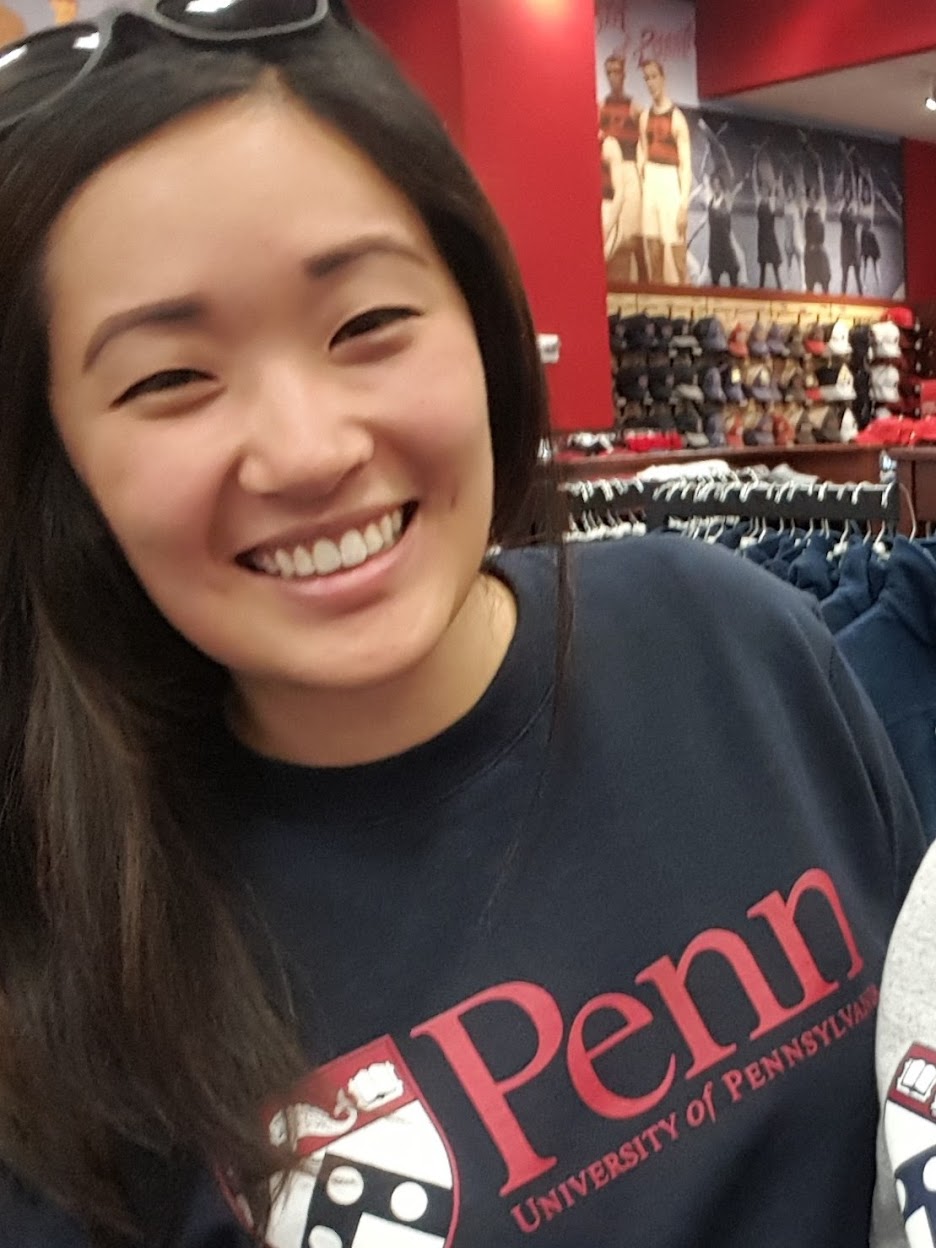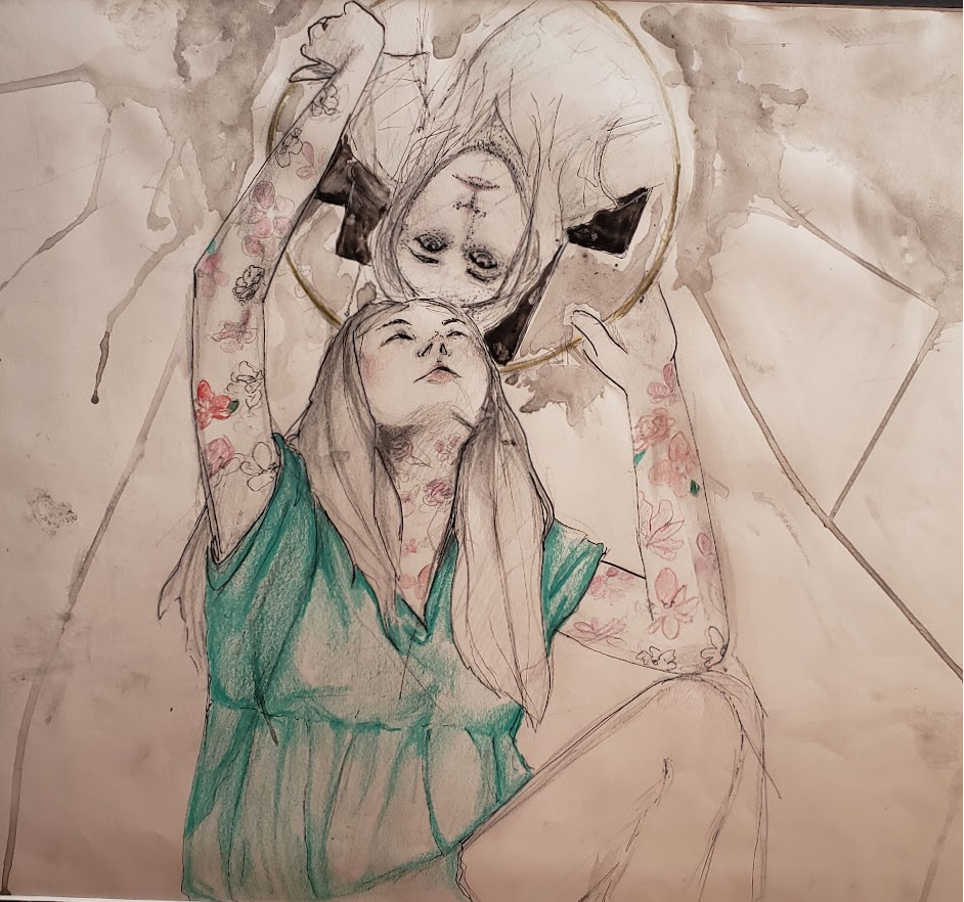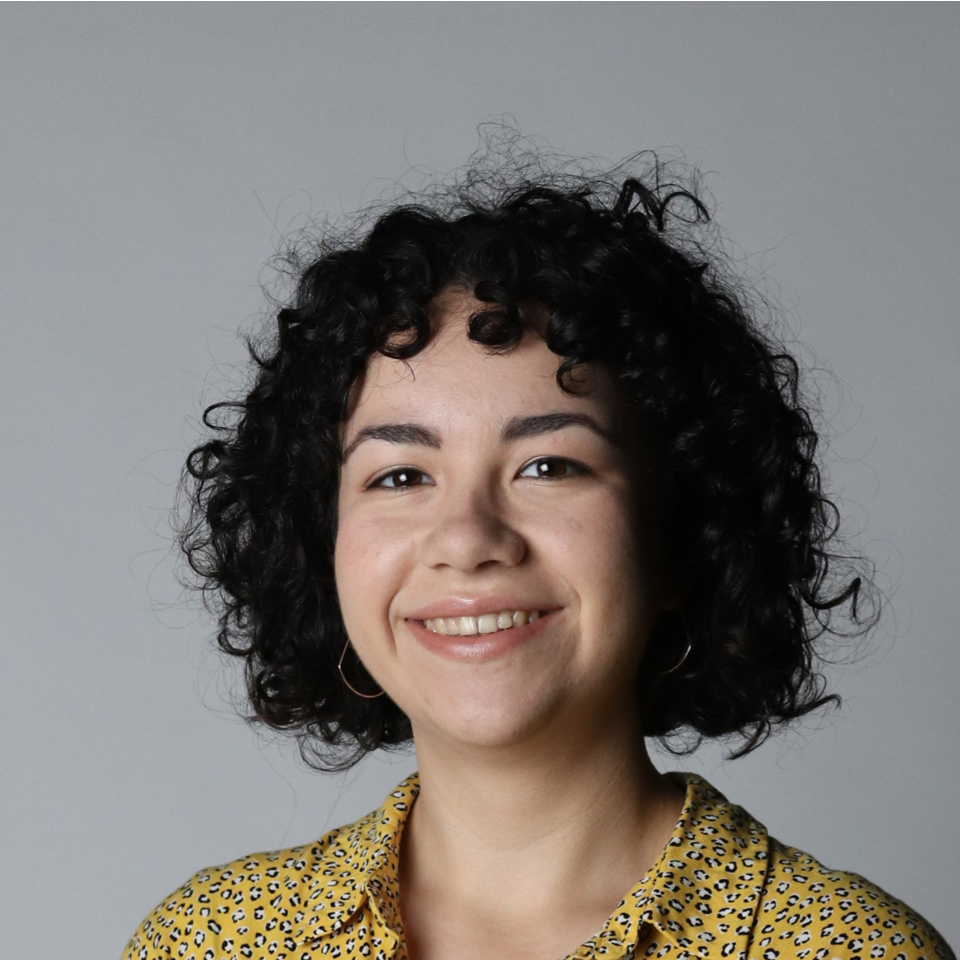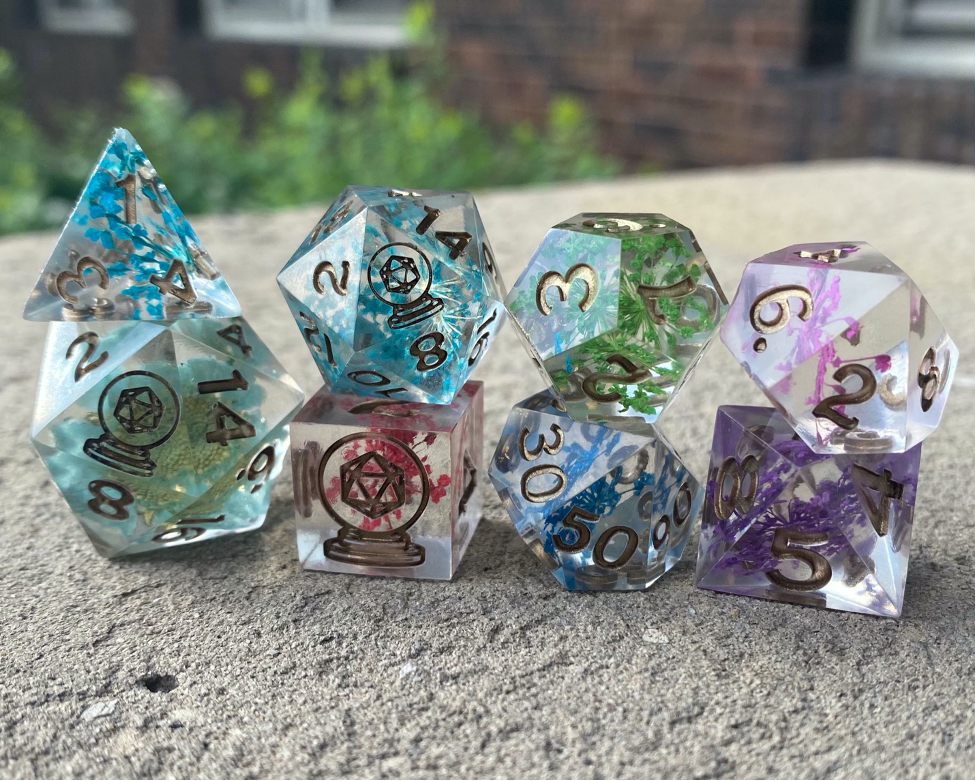Creative CAMB-ers: Catching up with our Artistic CAMB StudentsCAMB: Beyond the Science
- Aishwarya Pawar and Hannah Kolev
- Nov 19, 2021
- 7 min read
Updated: Nov 22, 2021
By Aishwarya Pawar and Hannah Kolev
We have long suspected that there is more to CAMB students than their scientific expertise and research acumen. To test out our hypothesis, we set out to investigate CAMB scientists and their accomplishments beyond science. We Interviewed three brilliant CAMB students about their artistic pursuits.
Karen Wong (K.W.), a fifth-year DSRB candidate, is a traditional medium artist who uses a variety of art media to create her pieces and displays them on Instagram.
Bailey Nance (B.N.), a fourth-year Cancer Biology candidate, is an artist and a painter who also likes to doodle.
S Fallacaro (S.F.), a first-year DSRB student, is one of the talented founders of Attic Arcana where they mold handmade resin dice sets.
Here are the results of our investigation.
How would you describe your creative hobby?
K.W. One of my creative hobbies is making art using traditional mediums like watercolor, gouache, colored pencils, markers, and ink. I started out painting landscapes but have enjoyed trying out many other mediums as well.
B.N. My creative hobby is painting and drawing.
S.F. I would describe my hobby as crafting innovative handmade resin dice. I started out pouring resin dice sets for Dungeons & Dragons which have 7 dice with varying numbers of sides (4, 6, 10, 10, 12, and 20) with my best friend. Recently, we’ve branched out to create jewelry from our dice. We’ve affectionately called our dice studio Attic Arcana, since we started in our attic, and we like to say that we make eldritch magic that you can hold and roll!
How did you first get involved with this activity? When did you start and how did it evolve over time?
K.W. As a kid, I was not very artistically inclined, but after college, I worked a 9-5 job which gave me time to explore new hobbies and I got into painting. Over time, I became exposed to other mediums and styles. During the lockdown, I got into urban sketching since it’s a COVID-friendly activity that also encouraged me to leave the house and spend time outside.
B.N. I have been drawing and doodling for as long as I can remember. Over time, I was able to evolve by drawing inspiration from different artists and [from] my teachers who taught me how to create more meaningful and thematic pieces. By remaining passionate about my art and remaining consistent, I evolved my skill set and found my style.
S.F. My best friend and I started getting into resin crafting back in July of 2020 when the world was shut down, and since we were and still are roommates, we wanted to pick up a new hobby together. As avid D&D enthusiasts and dice collectors, we started getting curious as to how dice are made. This curiosity eventually turned into us creating our own unique dice creations. Our craft space in our attic quickly became a substitute lab bench for me. We started out slowly first just making replicas of dice we already had to get used to the craft. Eventually, we started designing our own dice and symbols to put on the dice, rendering them on our laptops to 3D print. From our 3D prints, we’re able to make our own silicone molds and pour epoxy resin to create a dice set that we can polish and ink in the numbers. Our dice have really evolved over time since we’ve been able to keep designing new dice and have been perfecting and reinventing resin techniques to really make our dice a piece of art. Very recently, we have taken a new direction and have started incorporating our dice into jewelry. This is still very much a work in progress, but we’ve had a wonderful time trying to innovate our existing hobby as much as possible.
How do you balance your creative hobby with graduate school and research? Are there any parallels you see in your creative process and your scientific method?
K.W. I try to carve out time during the week for art, whether it’s 20 minutes in the evenings to draw or 2 hours on the weekend to paint. I’m not always successful at making time, especially during the busier swings of grad school, but I’ve found that maintaining consistency is key. If I take even 10 minutes to sketch before bed, my mind usually feels more settled.
B.N. With grad school being so all-consuming, it's really hard to separate me from my science and pick up a paintbrush or a pencil. Although I may not balance my art with my science as well as I’d like, I think being a scientist is inherently creative. Having a flexible mindset and being innovative while solving problems with experiments is the same thing that I do when I create or draw.
S.F. There are many parallels between my creative process and the scientific method. This hobby started out as a craft to do during quarantine as a substitute for lab bench work. Each time something failed in my crafts whether it be the resin not curing, too many air bubbles, or coloring techniques going wrong, I would try to reverse my process and create a hypothesis as to why a craft failed. I found myself experimenting on proper ratios of epoxy resin, how to pressurize resin in order to compress microbubbles, [and] how water content within dyes can change how the resin is cured. I also keep notes on what works and doesn’t work when I’m experimenting with new techniques. It’s very similar to working in a lab and learning through experimentation and failures.
Why is having this creative outlet important to you?
K.W. It’s something I enjoy doing that engages a different part of my brain than research. I like trying out new styles and subjects, and it’s fun to have a new piece of art at the end to show for it.
B.N. Having a creative outlet is important to me because ultimately my identity is more than being a scientist or student. Being able to separate me from work and explore my identity through art helps me maintain the boundaries that I need for my personal wellness. Also, having this creative outlet allows me to connect with other people outside of Penn, expanding my worldview to places that I never would have thought of outside of academia.
S.F. Crafting is fulfilling and incredibly calming to me. After a long day in the lab, I can come back home, sit and focus my energy on creating something new. It’s also been really grounding to me to have a hobby that I can do with my best friend.
What inspires you to make new pieces? Is there a piece of your art that you are extremely proud of? How did you get inspired to make it? Can you share a picture/link?
K.W. Nature is a huge source of inspiration for my art – I love using photos from past hikes and camping trips as reference photos for landscapes. A few months ago I challenged myself to draw an entire month of birds, so I asked my birder lab-mate to suggest the strangest and most unique-looking birds to use as references. I try to keep my art-making low pressure since it’s meant to be a relaxing hobby, so if I no longer enjoy making a piece or participating in a multi-day challenge, I’ll stop doing it.
B.N. I feel like I draw inspiration from my experiences and from the world around me. When I get inspiration, it usually comes unexpectedly. Sometimes being reflective, mindful, and looking at your surroundings can be so striking that you just need to create something to celebrate how beautiful or horrifying the world can be. [The piece shown here] is one of the ones I am most proud of. I don’t consider it my best, but when I made it all those years ago, I think I finally discovered how to channel my experiences, emotions, and thoughts into a piece.
S.F. Inspiration can strike at any time. Sometimes I’m really drawn to a color scheme after listening to a song or sometimes I’m really inspired by a particular character from a game that I want to embody in dice. This set imaged below is one of my favorite sets. I had found a collection of dried flowers that inspired me to make this rainbow set of dice.
Are there other artists/creatives in your field that you really like?
B.N. I love and follow a lot of other visual artists (too many to list)! Agnes Cecile, Kerry James Marshall, and Samantha Wall all create amazing visual pieces that resonate with me and influence my style.
S.F. Absolutely! There is a large community of dice makers within the tabletop game sphere. The community has been really supportive of each other sharing new techniques and inspirations.
Where do you see yourself taking your creative hobby in the future?
K.W. For now, I see it remaining a hobby. People have encouraged me to sell my work or monetize it somehow – I’m not against it in the future, but it was never my intention and I feel like I have a long way to improve until I’m comfortable with that. I also want to make sure that my relaxing hobby that I use to recharge from work doesn’t become another source of stress or more work.
B.N. In the future, I see myself still creating for people that I care about. I think that my future art will be at its best when there is no pressure to create it because it is my catharsis.
S.F. In the future, we want to start taking our hobby shop, Attic Arcana, to more conventions where we can share the plentiful and beautiful dice set and dice innovations we make with the public.
What advice do you have for other CAMB students interested in starting or maintaining a creative hobby?
K.W. Schedule it into your calendar. Consistency doesn’t have to mean a large portion of your time – it can be 10 minutes every other day, or 1 hour every two weeks, so long as you maintain the rhythm. Also, all art goes through an ugly phase.
B.N. For other students interested in starting and maintaining a creative hobby, I encourage you to physically take the time in your schedule and block it off for your creative pursuits. Being a scientist takes a lot of time, but doing something that you really care about (whether it be for your mental or physical wellness) needs to be treated the same as you do for experiments or class. That being said, maintaining a creative hobby is difficult. It takes a lot of practice, a lot of inspiration, and a lot of frustration. But finding a community that also encourages your creative hobby will drive you to become whatever kind of creative that you'd like to be.
S.F. Stick with it! Failures when experimenting - even with creative hobbies – are bound to happen but sticking with it can lead to beautiful results and a wonderful hobby.
We send a huge thank you to Karen, Bailey, and S for sharing with us their art and creative process! Check out more of Karen’s artwork at @notebookchaos! Bailey’s art can be found at @bnance.art and be sure to stop by S’s Etsy shop to pick up a pair of resin dice!

















Comments